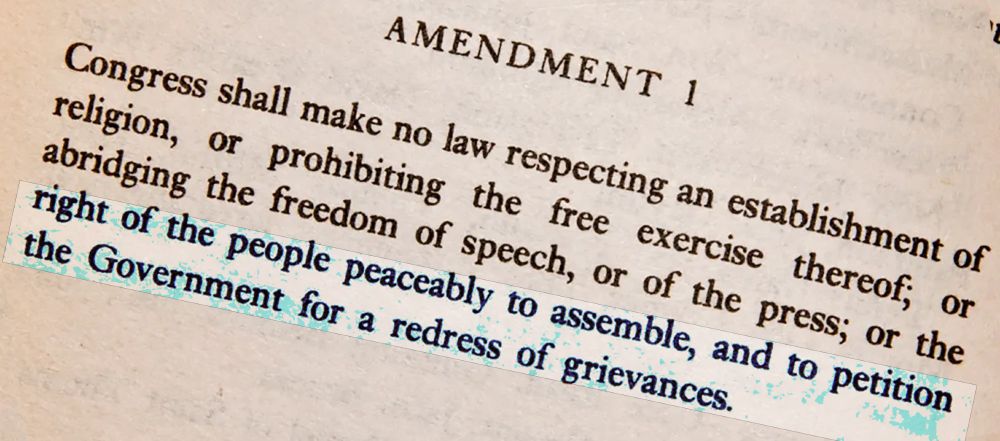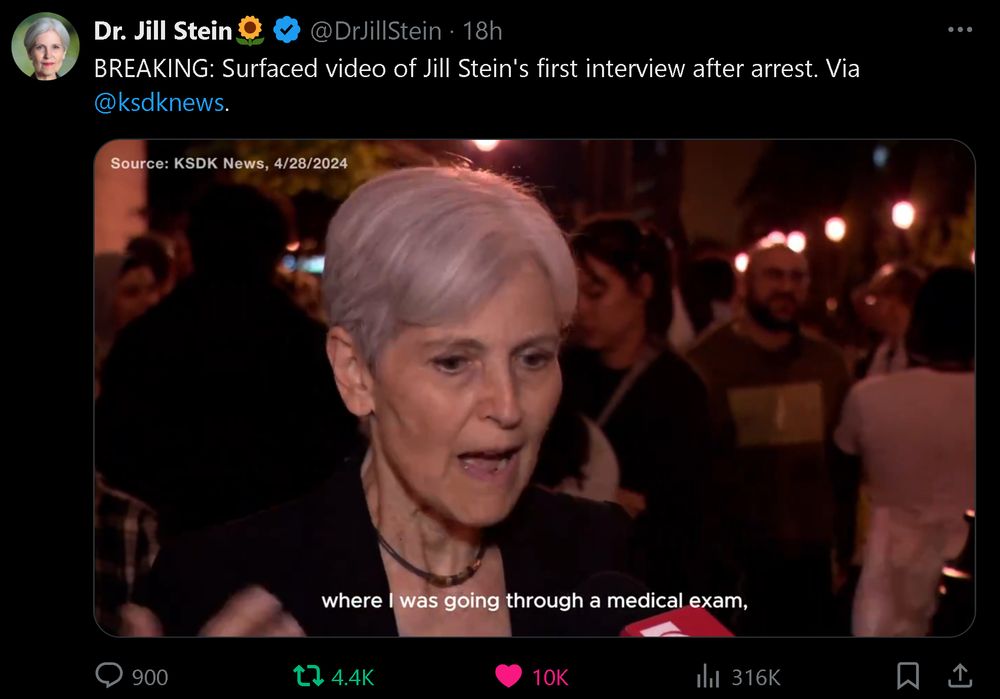by John G. Thomas / easy-budget.com
We independent producers are the future of film and video entertainment. We break new ground every time we go to work while the major studios turn out yet another Spiderman or Ironman with wall-to-wall effects and no discernable story.
So, like many filmmakers I was excited when I first heard about SAG’s attempt to cross the street and work with us. Actors for a hundred bucks a day, relaxation of all those silly rules and regulations, no first class airplane tickets for actors and more – heck the Ultra Low Budget Agreement seemed like a fantastic idea for productions budgeted less than 200K.
“SAGIndie,” as they’ve chosen to re-cast themselves, has even gone so far as to stage monthly “contract workshops” to cleverly “explain” the wonders of this new agreement to all comers.
With SAG, as always, the devil is in the details.
Paragraph 1 of the Ultra Low Budget agreement says, in part:
“It, (the Ultra Low agreement) is not intended for pictures produced for television broadcast, cable use, video/DVD markets or otherwise produced primarily for commercial exploitation.”
Translation: Go ahead and make your movie but you’re not supposed to sell it.
Well, that’s just great, huh? (Unless you’re making movies only to give a free copy to Uncle Harvey.) It’s what SAG doesn’t tell you in those oh-so informative workshops that’s most important.
However, you will benefit from this agreement if you meet all of the following conditions:
1. Your production must cost less than $200,000.00.
2. Must shoot entirely in the U.S.
3. Cannot be animation.
4. No music videos allowed.
5. All the financing must come from the U.S.
6. You can only distribute the picture, (sell tickets, make money) in mainstream “commercial” movie theaters.
7. You’re not interested in making money from DVD, television, the Internet, foreign sales, etc.
So, does any of this apply to your production?
Ask yourself: When was the last time you heard about a film that cost less than 200K with no big stars that was picked up by a major studio and opened in 3,000 movie theaters?
Sorry, the so called “art theaters” don’t count. SAG has a list! Go ahead, try and convince a major theater chain to show your unheard of movie without a hundred million in prints, PR and paid ads.
Here’s more:
“Should the initial release not be in the theatrical market, the picture shall remain a ‘theatrical motion picture’ for all purposes of the Basic Agreement…”
Translation: You must pay residuals to the actors, (before you or your investors) from the very first dollar that comes in.
Here’s how it really works:
The Ultra Low Budget Agreement, (and all the other low budget agreements) are simply modifications of the “Basic Agreement.” The Basic Agreement, (which you must sign in addition to the Low Budget Agreement) is a 2 to 3” thick, complex, conflicting and all but indecipherable rule book that was written years ago for the exclusive benefit of SAG and the major studios, (all the AMPTP members we’ve come to know and love). If you’ve got nothing better to do for a few days and you have plenty of strong coffee, take a look at it.
In the Basic Agreement, the producer or studio must first pay the actor for a days work.
Okay, done.
In exchange for the actor’s services that day the studio gets to make all the money it can from theatrical exhibition, (i.e., movie theaters). Even movie theaters in foreign countries are included in the package! (That’s why some studio films remain in some movie theater, somewhere, for a long, long time.) All of the money they make in the movie theaters is “free money.” They don’t owe the actors a penny for those showings. This is called the Initial Exploitation.
But after television came along and those old, previously worthless movies starting making money all over again, SAG came up with residuals. They said, “Go ahead and make all the money you want in the theaters but now we want a piece of that tasty TV pie!” Everything after the initial theatrical showing was now considered a secondary income source, or residual income.
So, what’s this got to do with the Ultra Low Budget Agreement?
It means that unless your low budget masterpiece has a genuine theatrical release, you owe them money for every TV or cable showing, every Internet download, every foreign sale and every DVD you ever hope to sell – from day one.
SAG owns a piece of your film forever – and the part that they now own is superior to yours. Like the difference between preferred and common stock in a company. Only you’ve got the bad stuff.
That’s why the Ultra Low Budget Agreement, (and the other low budget agreements) say, “…and shall not be reclassified as a ‘Made for Pay’ or ‘Free Television’ motion picture.” Otherwise, you’d be able to make some money for all your hard work and the money you paid the actors because video would be your production’s initial, “free money” exposure.
Of course, SAG would never want THAT to happen! Why? Because it would benefit the independent producer at the expense of their most important customers, the major studios. Remember, it was SAG and the AMPTP who wrote the book of rules we must all follow, (i,e., the “Basic Agreement”). They never asked us and I doubt they ever will.
The Ultra Low Budget Agreement has plenty of other “gotcha’s,” some clearly written out, but most of them hidden where you can’t see them – on purpose.
While no residuals are due from the initial theatrical release, (which 99.99999% of independent producers will not get) SAG members are entitled to residuals between 4.5% and 5.4% of the gross revenue from video/DVD and 3.6% from pay and free television. Now, on the surface, even that doesn’t sound too bad. “Five percent, I can deal with that.” Billy Mays might say, “But wait! There’s more!”
SAG assumes that for international sales, 15% comes from theatrical, 65% from video/DV and 20% from pay/free television, (which is actually pretty accurate). SAG, in effect, will want residuals from 85% of a film’s international gross revenue. That’s based on 85% of what the distributor in Poland made, not what they paid you or your investors as the “minimum guarantee.” (aka, all you’ll ever see anyhow) Because SAG wants a piece of the gross, it’s entirely possible that SAG will make good money from your movie and you’ll never make a cent. There are many cases of producers who end up broke and owe SAG for residuals.
Not so cool after all.
SAG does many things to make sure they get your money before you do. First of all they will require a residuals deposit. That is, they require you to pay them up front for money you haven’t made yet!
What typically happens is this:
A few days before principal photography begins, (when you’re the most vulnerable!) SAG will suddenly demand a cash residual deposit of say, $20,000.00. You don’t have the money and SAG shuts you down. Later, if you’re lucky, maybe you and SAG negotiate an agreement and you can start all over again. Maybe your crew is still there, maybe not. What about the cast – who knows? SAG’s unwritten policy, (like any tough businessman would do) is to always wait until the filmmaker is weakest and then nail him.
SAG will also require that any distributor who sells your film sign a Distributor’s Assumption Agreement to bind the distributor to your agreement with SAG. The major studios always sign, but most independent sales agents will simply laugh in your face.
Recently, SAG has begun to require yet another agreement be signed called the Laboratory Pledgeholder Agreement. This is just like a Laboratory Access Letter, (which allows your distributor to make copies from your master to sell). Except with SAG, it’s just the opposite! Nobody has access to your negatives or digital master until SAG says okay.
SAG also may require a Collection Agreement. All of your money goes into an escrow account and you’re last in line – again. Remember, they get their money from gross, while you get yours from net,. This is in addition to what’s called the UCC, a sort of legally-binding mortgage on your film, (forever) which you must sign and is registered with the Secretary of State for good measure. This is not negotiable.
Oops, don’t forget that you’ll always be required to make a cash Salary Deposit in addition to what you’ll pay the actors – even if all of their salaries are already placed in an escrow account or with a payroll company for safe keeping. They know you’ll need this money later for post and they’ll grab as much as possible and give you what’s left. The fun never stops with SAG.
Don’t forget the other conditions of the Ultra Low Budget:
If an actor gets a better offer during your shoot, they can leave any time they want.
Still have to pay pension & health, (about 15% additional) payroll taxes, (17-20%) etc.Must pay 3.6% of any Internet monies directly to the actors.
All the so-called “Alice in Wonderland” rules and penalties still apply like: meal period violations, turn-around time rules, assorted liquidated damages, rest period incursions, overtime, travel time, stunt adjustments, etc., etc.
In general, you must follow all the other rules and regulations of the Basic Agreement except those specifically excluded or modified by the Ultra Low Budget Agreement.
In fact, if you put a pencil to it, SAG’s regular Television Agreement is a better deal for even the low budget independent producer!
Of course, the SAGIndie folks will rarely ever mention any of this to you during their helpful monthly “workshops.”
They know that if you knew the facts you’d never deal with SAG!
These loathsome agreements have been made to suit the major studios and the way they do business. From a strictly administrative point-of-view, we independents are a pain in the ass for SAG. I’m sure they wish we’d all just shut up and go away.
Let’s face it, the independent producer of a film budgeted less than $200,000.00 has nothing but the residual markets to look to for any potential profit. If we can’t make a profit in these emerging markets we won’t be making too many films in the future, will we?
To be fair, SAG is simply enforcing the existing rules and trying to make sure their actors are paid the residuals they are guaranteed by their contract. Sure, they’re aggressive and dysfunctional, but as long as they believe they can get away with it, they have no motivation to change. Fact is, if it weren’t for the big name stars and familiar character actors there would be no SAG at all. A good friend-of-mine who’s a member of SAG said that “If the members knew what their guild was really doing they’d be marching with torches down Wilshire Boulevard to SAG headquarters!”
And please don’t assume that I’m anti-union! In fact, I’m 100% PRO-union. ALL of the other entertainment unions actually want their members to work, set high professional standards and will bend over backwards to support and help you get your film made. They represent the BEST film professionals in the world.
But what does it say about a labor union when 97% of their members are unemployed and “screw the independent producer” is their mantra? The actors deserve much better than what they’ve got.
Just remember you can hire all the SAG and non-SAG actors you want with Financial Core. AFTRA should be strongly considered as an option as well.
I welcome your rants, raves, questions and comments. Email: john at Easy-Budget.Com






























Man, you really got me thinking. Is the SAG really that bad? I thought there was a slight chance talking with them, but as you put it very convincingly I guess there is not.
What a shame. Who is going to care of actor’s interest now?
A shame, that something that should be the solution, is really the problem.
I am a german producer who would like to work with US-actors in Germany and was hoping that somehow this would work with SAG’s blessing as I really believe in union’s cause. But I want to make this movie and if the SAG doesn’t understand the future they won’t be part of it.
Like the dinosaurs: To much muscle to little brain :-)
Hi Goetz,
I believe the problems are really for the “ultra low budget” producers. Real budgets won’t be as harmed by working with SAG. So, it’s a problem for the low end productions, and something to think carefully about. Low end productions need a name actor to get distribution in most cases, not all, and so they must deal with SAG. It’s a difficult situation.
Thanks for your reply. Aside from possibly not getting SAG-actors, does a non-union film have any disadvantages with distributors. Will distributors only pick SAG-productions? I know that you need a big name to really interest distributors, but say you have a big name actor who can work on non-union-projects, do you think distributors will shy away because it’s non-union? The whole union-thing, Financial-Core, etc. is so confusing for someone coming out of Germany.
Someone should write a book about it… or make a film from it.
It’s absolutely true that SAG is the only way to go if you’re making a big-budget studio flick. The studio’s happy, the actors are happy. The “Basic Agreement” is a great financial model to make lots of money if you’re one of the majors – after all they wrote it. But for anyone else, (i.e., most of us) it’s like walking around with a “kick me” sign on your back.
BTW, there are MANY name actors who will gladly work non-union if the price is right. I’ve worked with a lot of them. All you have to do is ask…and bring a checkbook with you! You can get a good “B” name actor for a surprisingly reasonable price – maybe even an “a” name for a few bucks more. You’ll never know until you ask. A good casting director knows all the “names” who are sitting at home watching General Hospital and waiting for the phone to ring.
Except for the majors, distributors could care less whether you used SAG members on screen. Many will flat-out refuse to sign SAG’s Distributor’s Assumption Agreement anyhow. Why should they?
After you’ve actually had to deal with the SAG administration as a filmmaker you quickly learn that despite what they may say in the press, they find low budget indies to be an irritating nusiance. We’re like a little boy with chocolate ice cream all over his face and they don’t want any of it to get on them. We draw too many flies! It’s really a shame because the actors are out there busting their rear ends to work while their own union is consistently stabbing them in the back.
I would be the first in line to support a new actor’s union established to recognize the realities of today’s filmmaking scene. A union that would serve and protect the actors while doing everything possible to get another movie in the can.
Meantime, all aboard for FINANCIAL CORE!
Filmmakers that are only interested in making money are not going to make quality films. The general public is not interested in seeing art, they are looking to be entertained.
Any recourse for the indie producer after signing the deceptive BS agreement? SAG is breathing down my back about $ we have yet to make.
I learned this from a friend a long time ago: for a succinct, legible copy of the SAG Basic Agreement, get it from the AMPTP office. Unlike SAG, they have updated their books after every negotiation and for $20, you get a booklet that is about a half-inch thick with all the current rules, etc.